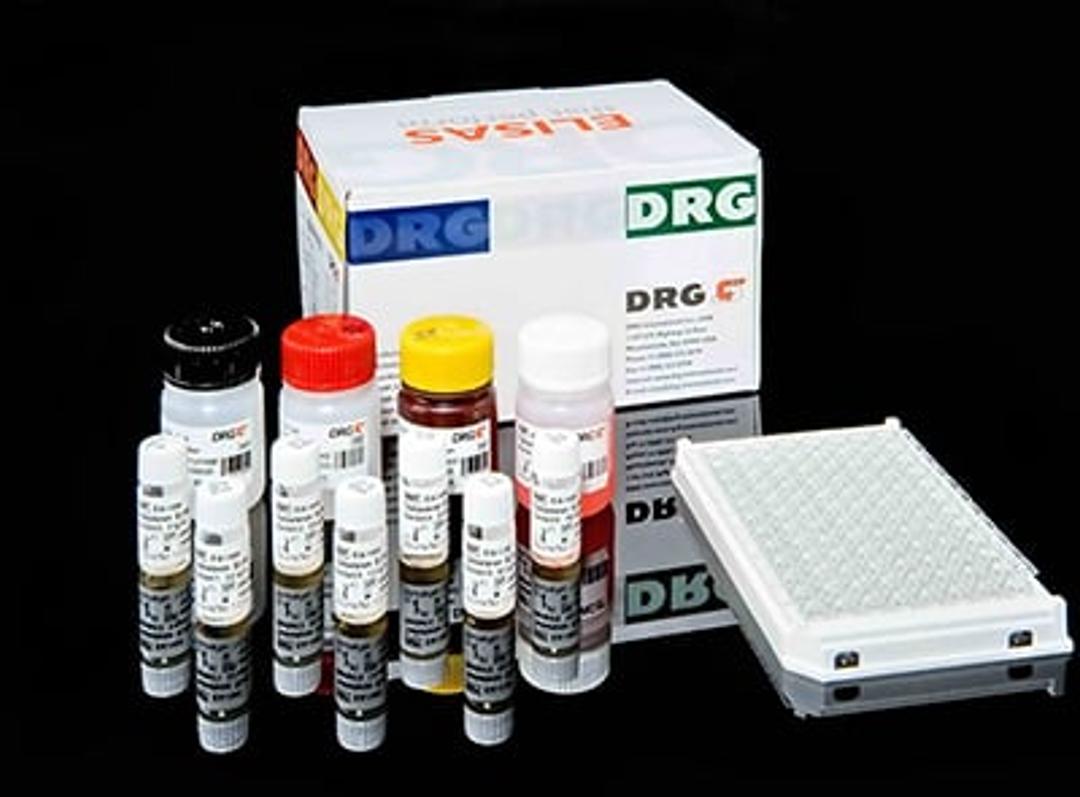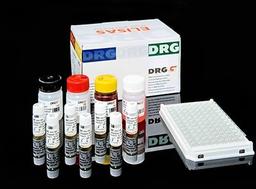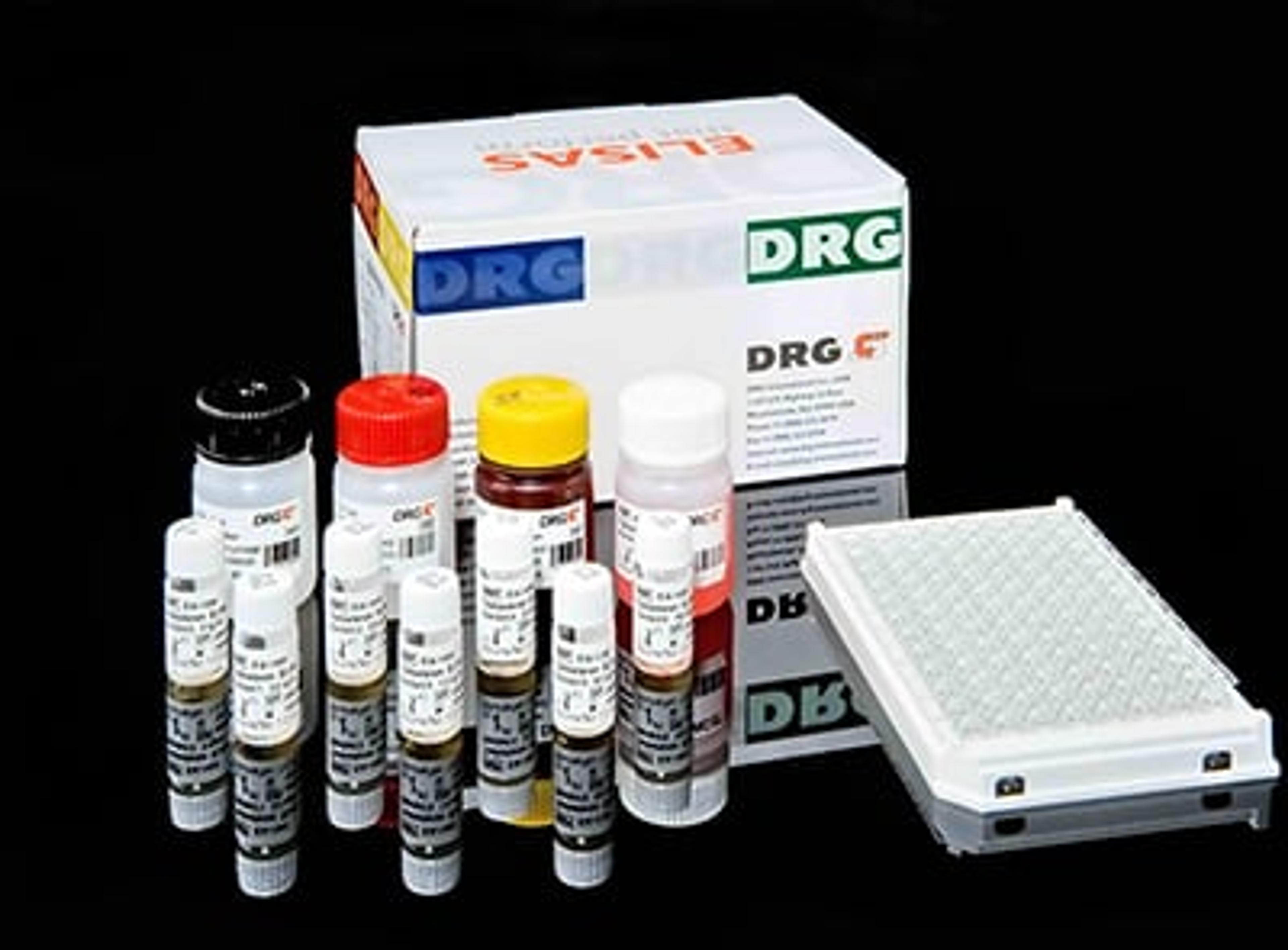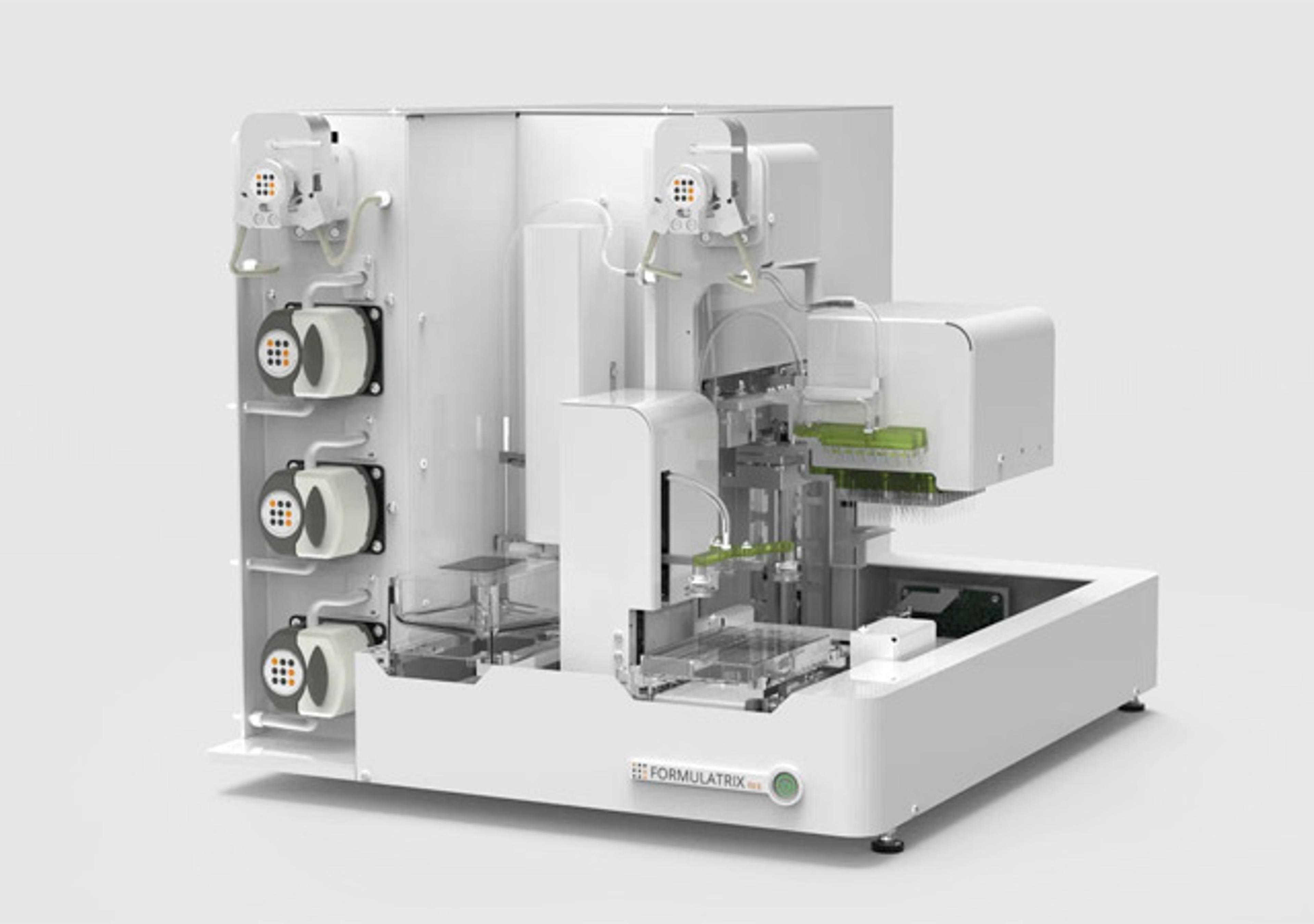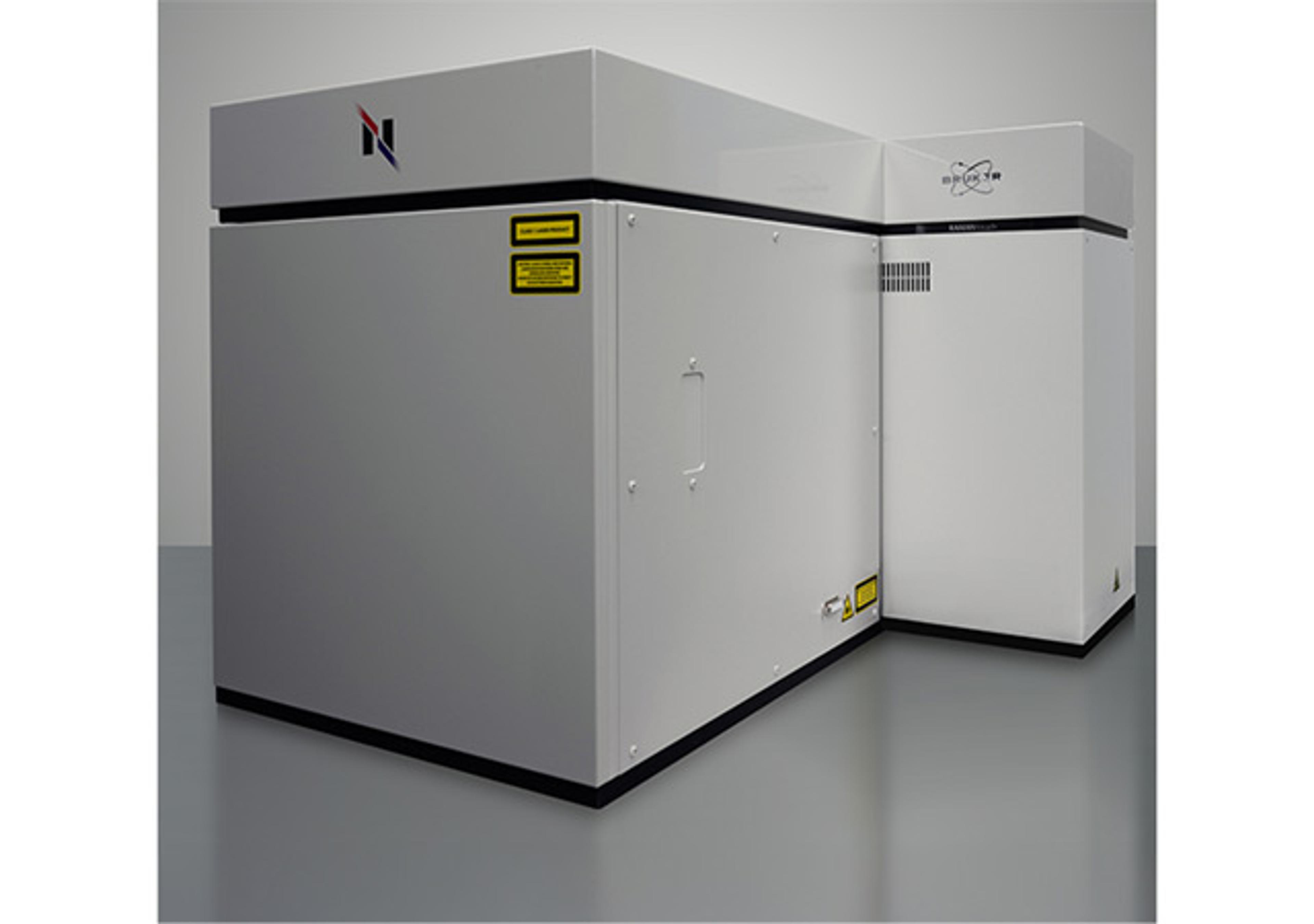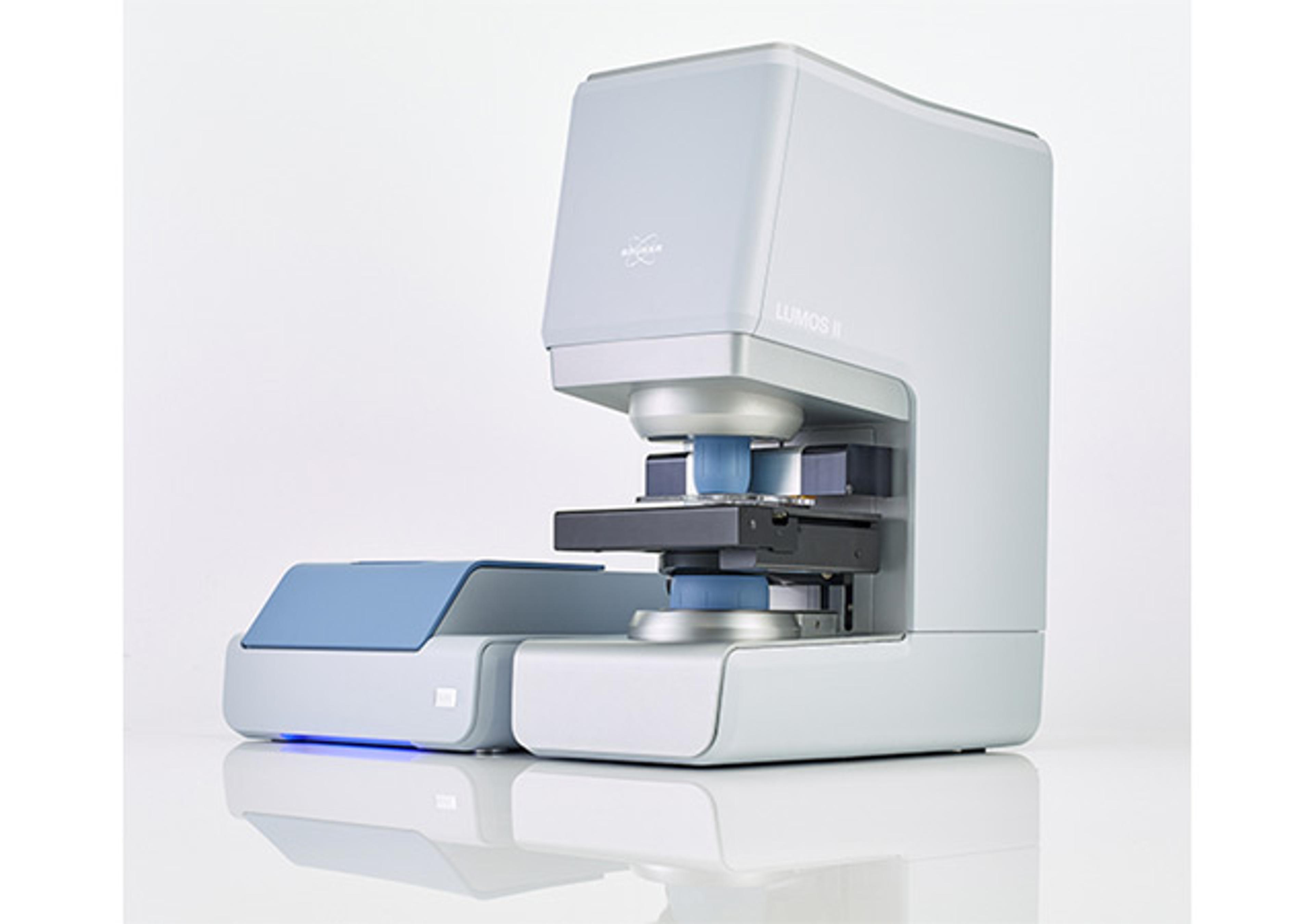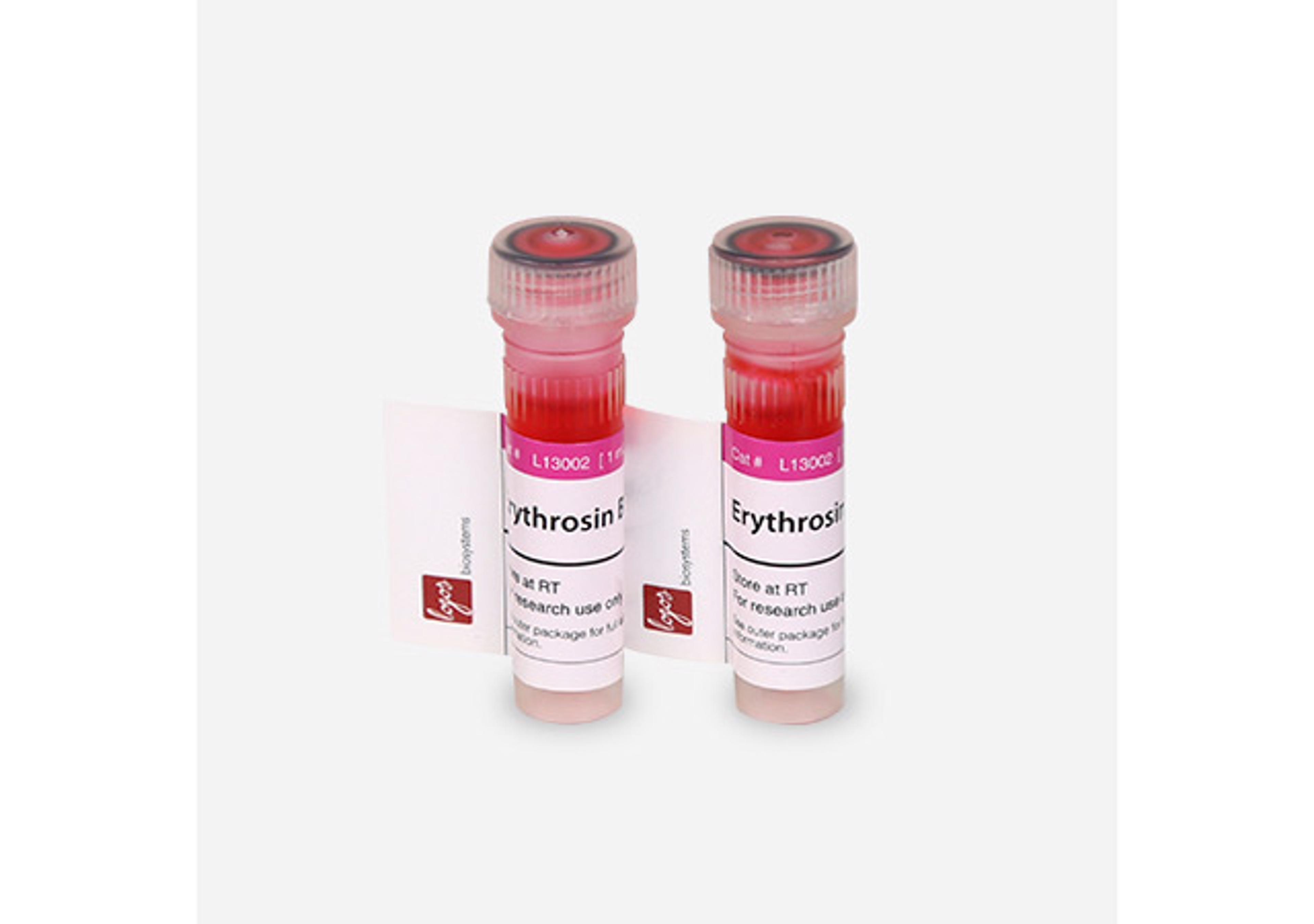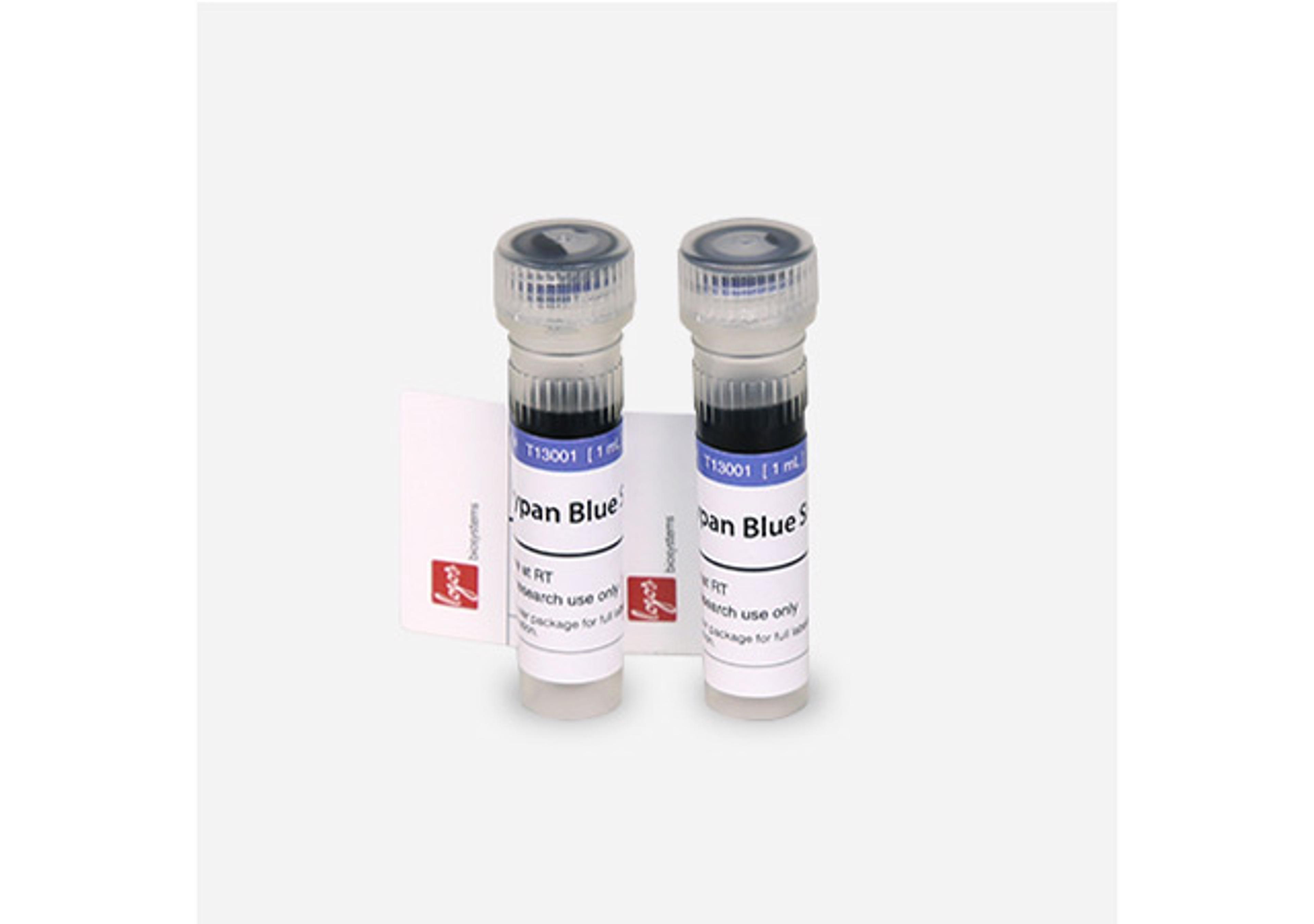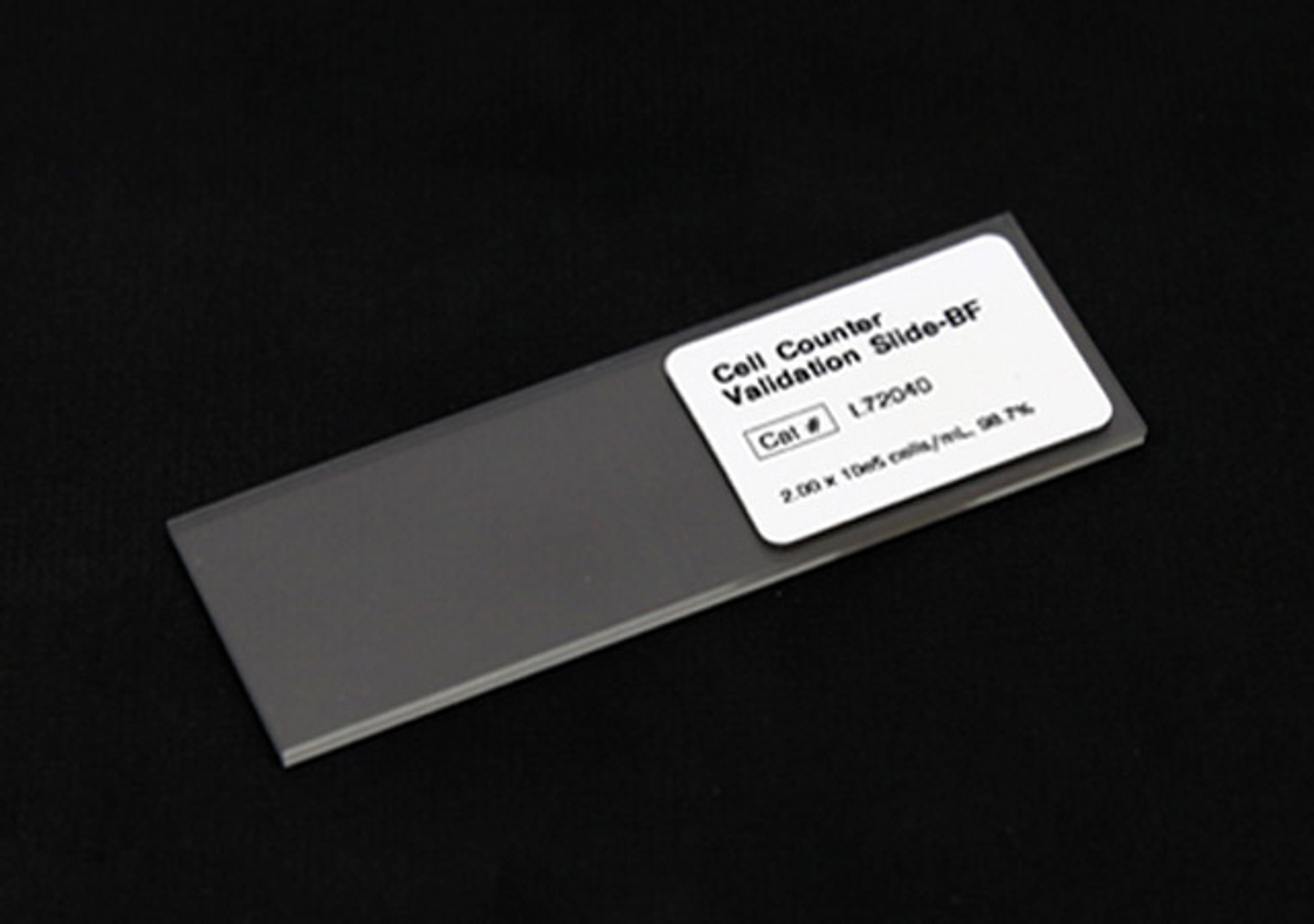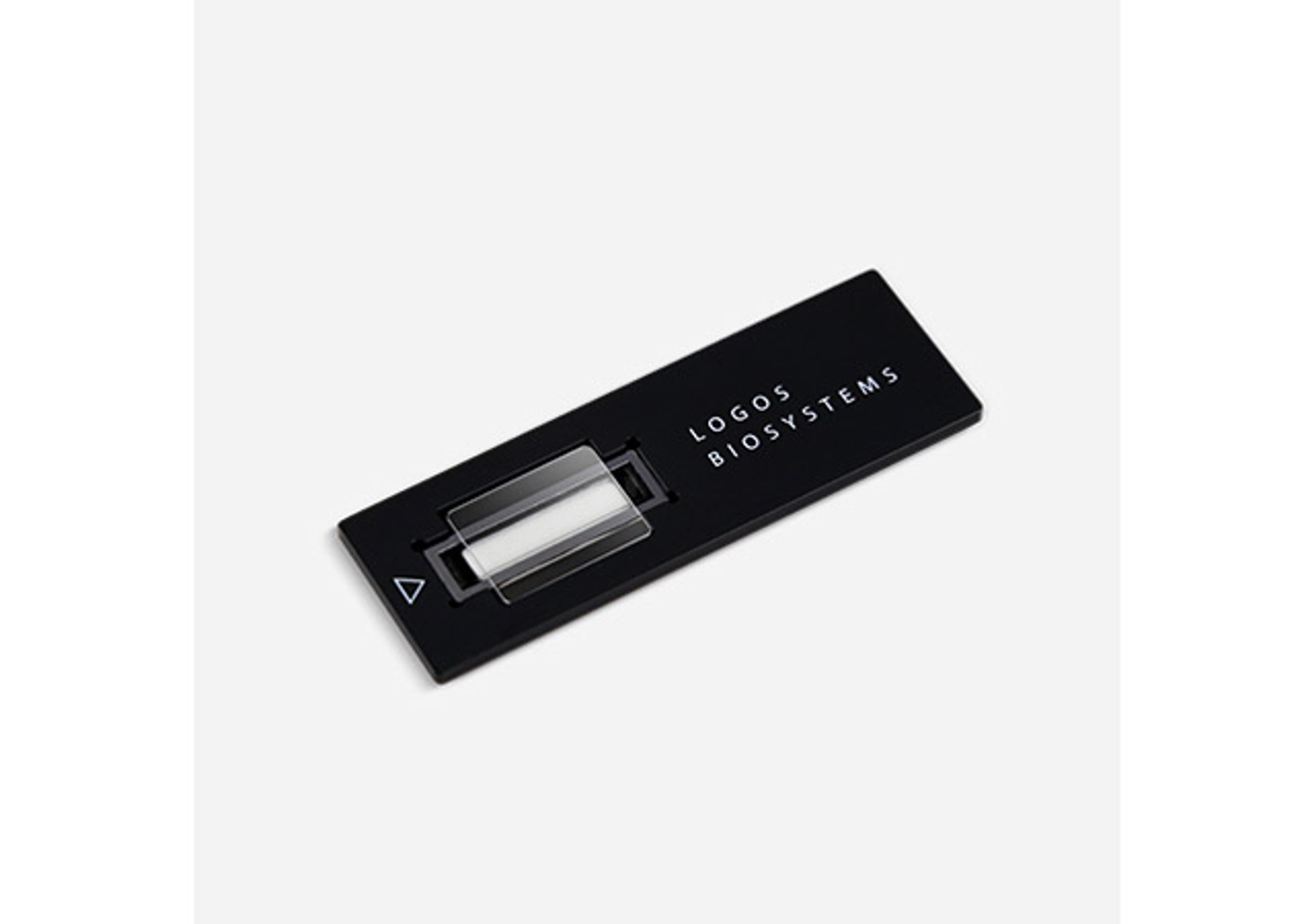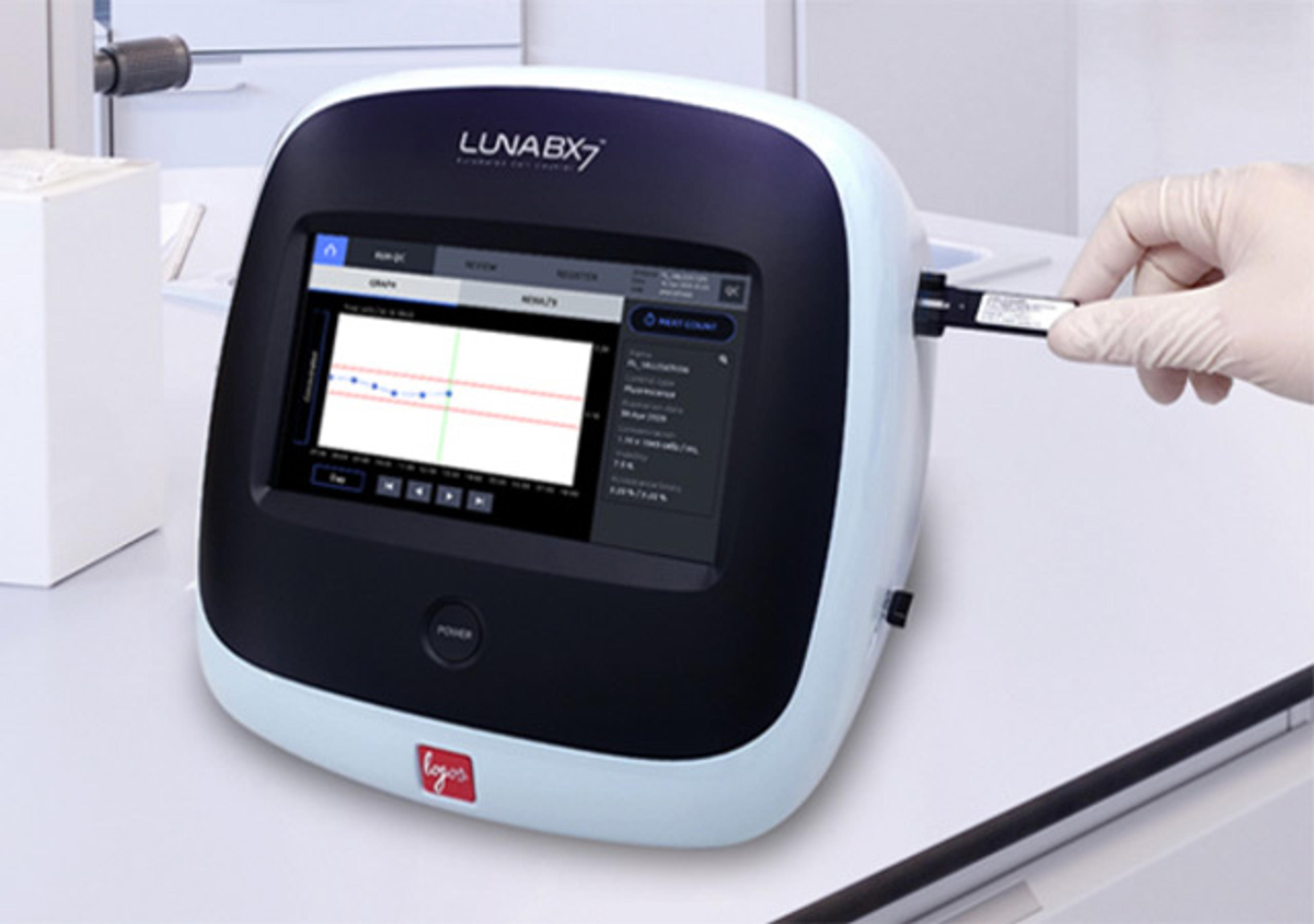Amyloid B 1-40 ELISA
High Quality Assays with Reproducible and Reliable Results

The supplier does not provide quotations for this product through SelectScience. You can search for similar products in our Product Directory.
The DRG Amyloid Beta 1-40 (human) ELISA (Abeta-40 ELISA) is an enzyme immunoassay for the quantitative in vitro measurement of human Amyloid Beta peptide 1-40 in serum, plasma and CSF. The pathological hallmarks ofAlzheimer’s disease (AD) are amyloid plaques, neurofibrillary tangles, synapticdegeneration and neuronal loss (1). Amyloid plaques are mainly composed ofamyloid-beta (ABeta) 40 and 42peptides derived from the proteolytic cleavage of amyloid precursor protein(APP) by Beta-site APP cleavageenzyme 1 (BACE1) (2,3) and the γ-secretase (4). The endosomeand the endocytic pathway have been proposed as possible sites for the Beta and γcleavage sites of APP (5), and the resulting ABetapeptides are secreted by both neuronal and non-neuronal cells (6). Recently,soluble forms of ABeta have been implicated in neurotoxicity(7), and may correlate better with cognition than amyloid plaque burden(8). As ABeta is considered toplay an early and pivotal role in AD pathogenesis, it may be a useful tool indiagnosing AD in the preclinical/early stages, as well as for monitoring potential ABeta modifying therapies (9). While human CSF ABeta levels have mostlyshown reduction with disease progression (10), much of the data on human plasmaABeta remain unclear. Studies have shown that subjects who exhibit overproductionof ABeta such as individuals with familial forms of AD and Down’s syndrome havehigher plasma ABeta levels compared to controls (11). In addition to variabilityfound with age and disease severity (12), ABeta plasma levels are furthermodulated by production in large peripheral organs such as skeletal muscle,liver, kidney, skin, and lung (13,14), movement from brain interstitial fluidinto blood stream (15), and peripheral uptake and clearance of ABeta in theliver by presence of low densitylipoprotein receptor-related protein-1 (16) and receptors for advanced glycation end products (RAGE) (17). This mayexplain why much of the plasma ABeta data in cross-sectional studies do not showsignificant differences between sporadic AD and controls. Longitudinal studiesseem more promising, showing initially elevated ABeta42 levels in those thateventually develop AD in the future (18). Furthermore, subjects who manifestsporadic AD within the time frame of the study start with higher plasma ABeta42levels, and the ABeta42/ABeta40 ratios also appear to be significantly different fromthose who remain asymptomatic (19).2 The DRG Abeta-40ELISA Kit is a solid phase enzyme-linked immunosorbent assay (ELISA) basedon the sandwich principle. The microtiter wells are coated with a monoclonal[mouse] antibody directed towards a unique antigenic site on the Abeta-40peptide. An aliquot of patient samplecontaining endogenous Abeta-40 peptide is incubated in the coated well withenzyme conjugate, which is a biotinylated anti-Abeta-40 antibody. Afterincubation the unbound conjugate is washed off. Finally, Enzyme Complex, whichis streptavidin conjugated with horseradish peroxidase is added, and after incubation,unbound enzyme complex is washed off.The amount of bound peroxidase is proportional to theconcentration of Abeta-40 peptide in the sample. Having added the substrate solution, the intensityof colour developed is proportional to the concentration of Abeta-40 in thepatient sample.

